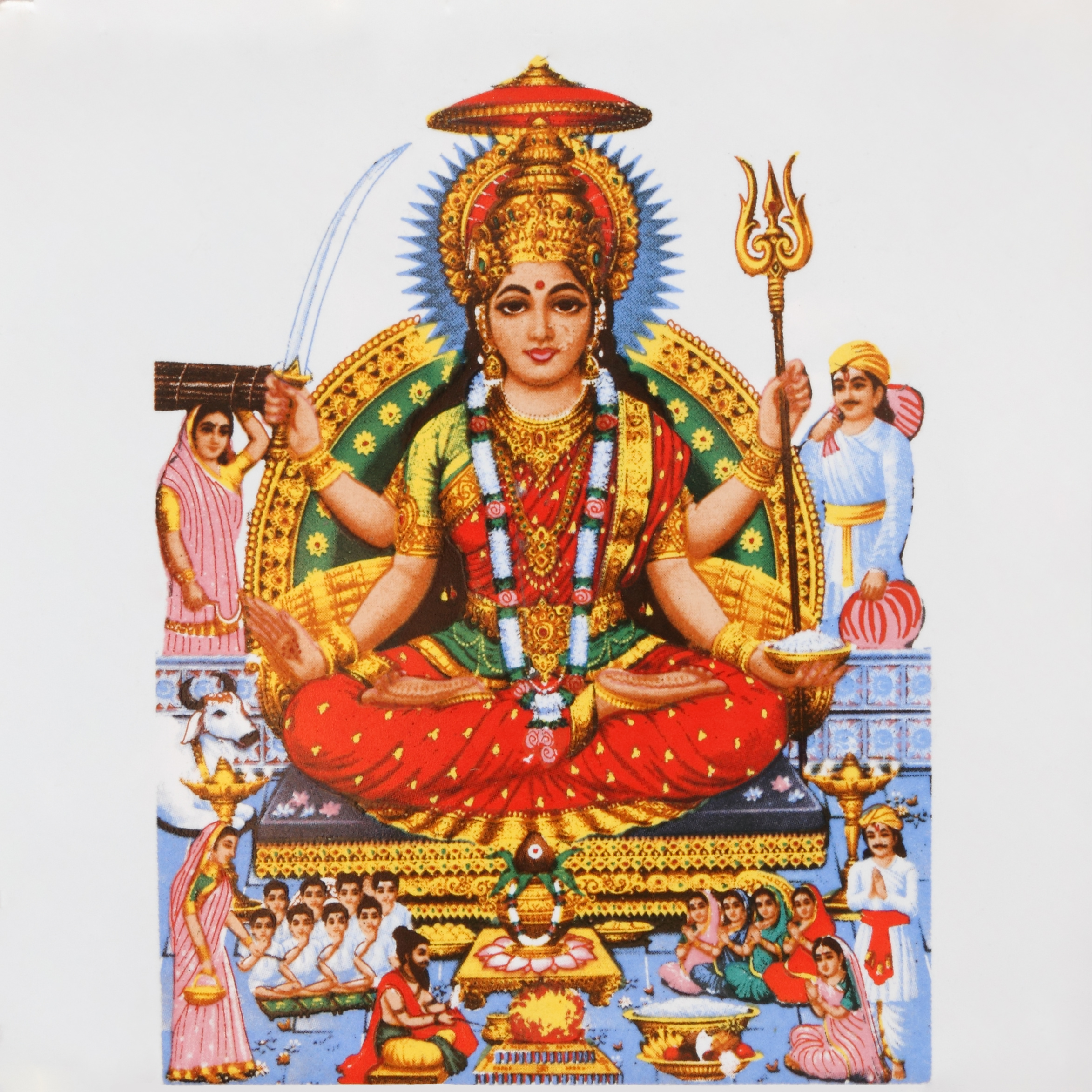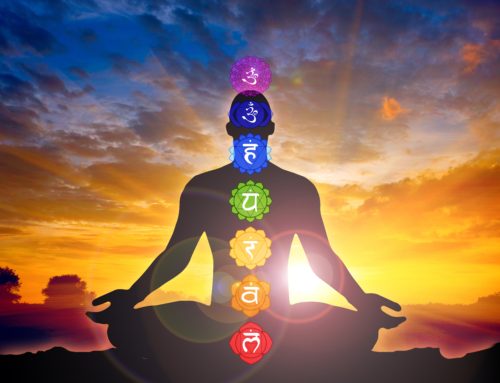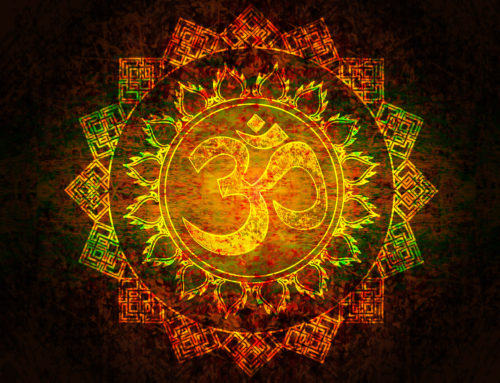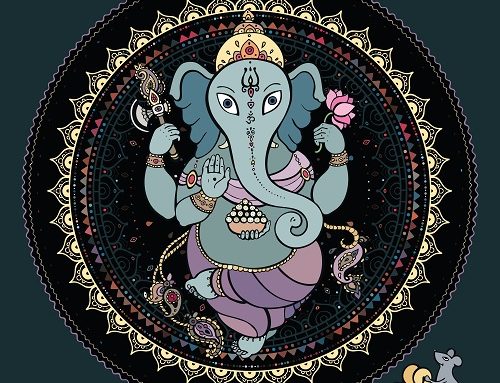For those interested in getting an astrology reading for the first time, and for those who are very new to the study of this science, I would like to write a brief summation of the key components of vedic astrology. This is not an exhaustive introduction of the science itself, for which the reader should consult any of the many books on the subject, but rather this article is meant to introduce the reader to the basic concepts of the science.
Jyotish is the study of how various celestial phenomena affect our world and the lives we live. Depending on the depth of skill of the astrologer, this study examines the effect of everything from the Sun, Moon and seasons up to the various planets, eclipses, zodiac signs and even the effects of passing meteors and other celestial events. Despite the possibility of being incredibly encompassing and vast, there nonetheless are certain foundational teachings upon which the whole edifice of jyotish is built, and for the sake of this essay we will examine what I see as the four main pillars of jyotish; 1)the zodiac and planets, 2)the houses, 3)the nakshatras and 4)the dashas.
The Zodiac and Planets
The basis of both western and eastern astrology is the premise that the lights emanating from the stars of the constellations, the planets and the luminaries have a pronounced effect upon us. Upon examination we see that in general the magnitude of brightness also plays a role in this, for the Sun and Moon are the strongest, then the planets and finally the stas in the constellations (being dimmer than the planets or luminaries). In a future article I will try to give some of my own ideas for a possible scientific explanation of the role light plays in astrology through the lense of basic quantum theory, but for now we will take for granted that these lights have a direct effect upon us.
In Jyotish we use 9 planets, but exclude Uranus and Neptune typically and instead use the southern and northern nodes of the Moon called Ketu and Rahu respectively. In western parlance these are called the tail and the head of the dragon, and in vedic and puranic literature they are depicted as two demons chasing the sun and moon to devour them. Hence they are associated with solar and lunar eclipses, and in jyotish play an important role in determining past life karmas and major struggles and obstacles in this life. The other 7 planets used are the classical planets that follow the order of the weekday; Sun, Moon, Mars, Mercury, Jupiter, Venus and Saturn. While in western astrology the Sun is often seen as the most important planet and hence the importance of a person’s “sun sign”, in traditional vedic astrology the Moon is the most important planet in determining character traits, appearance and psychology. In more modern jyotish the Moon and ascendant are both observed for these details, or sometimes just the ascendant.
All of the planets have an affect which changes depending on which zodiac sign the planet is posited in and its relationship between that sign and the planet that is said to “rule” that sign. The interplay of the planets in the zodiac in this manner forms perhaps the most essential and universal part of astrology amongst all schools of thought. The difference occurs in the methods of examining these interactions and also in how to calculate where the zodiac signs themselves are. Now wait a minute, how can the zodiac signs differ between schools? Well this will be covered in much more detail in my article “Western vs Eastern Astrology”, but suffice it for now to say that the western school uses a seasonal zodiac where Aries is marked at the first day of spring while the Vedic school uses a sidereal zodiac wherein Aries is reckoned as the actual constellation in the night sky. Since light seems to be the main mechanism behind the science of astrology the vedic seers preferred to use the actual stars in the sky, but in the aforementioned article I will also try to expound upon the merit of the western tropical zodiac as well and explain how both can give results by different mechanisms.
The 9 vedic planets are the Sun(Sunday), Moon(Monday), Mars(Tuesday), Mercury(Wednesday), Jupiter(Thursday), Venus(Friday), Saturn(Saturday) and then the two nodes of the moon; Rahu and Ketu. Each of these planets are given more or less strength depending upon their relation to the planets around them, the planets that “see” or aspect them, and the zodiac signs they are in. Though there are actually many more conditions that have to be examined by the learned astrologer before making a prediction, these are at least the basic conditions that effect a planet.
The Houses
The zodiac sign on the eastern horizon at the moment of birth is known as the rising sign, or the ascendant. This is one of the most crucial points in your horoscope. The atmosphere is filled with this energy primarily, of the Sun and Moon secondarily, and of the planets thirdly in terms of influence and power. The energy of the ascendant becomes the vehicle by which the information/light from the other planets interact with us. At the moment of our first breath we draw this energy of the ascendant into us and it brings with it the energetic stamp of the various astrological phenomena of that moment, sealing our horoscope into our chakras and the aura. From this moment forward the transits of the planets in the sky will interact with the planets in our horoscope like a complicated padlock combination that slowly unlocks our karmas from previous lives in an ordered manner.
If the ascendant is weak then it is as if the planets are just out of reach of the person, and the few occasions he can stretch and reach them he finds them too strong to wield. Likewise if the ascendant is strong and supported then the person can easily wield the power of his horoscope. A learned astrologer can help the native remedy this situation by taking proper measures with mantra, yantra, tantra, puja and sacred observations or austerities. A good astrologer will also help the native understand which powers in the natal chart are the most ready to serve the native and which powers will simply be too difficult to use effectively.
The ascendant is marked as the first “house” or “bhava”. The sanskrit word bhava has many implications, but the typical translation as “house” serves to give a basic understanding of what astrologers mean by the term. A house is a place where people dwell and act, and depending how they act they may even effect the people in the houses around them. Another possible translation is “absorption” which has more devotional/mystical implications than “house”. I think this is actually a more accurate term for understanding what the houses actually are. We can walk in and out of a house and remain unaffected, yet when we think of “absorption” we have a certain concept of inseparability and mingling of essence and energy. Though the planets do indeed move through the signs in the sky, as far as your natal chart is concerned they are fixed in place and even their transits will be completely colored and changed based on which house they occupy in your natal chart. Thus the planet, at least for the native, remains inseparable from the house itself. Even in the natal chart the planet will be incapable of giving results without the traits and qualities of its sign of occupation. In such a way should the basic concept of houses be understood.
The first house is always the rising sign, the ascendant. There are many schools of thought as to how to arrange the other houses, but in traditional vedic astrology we use an equal house system wherein each house is equal to the zodiac sign it occupies. Hence no matter WHERE in the zodiac sign the actual degree of rising takes place the ascendant is reckoned as that ENTIRE zodiac sign. Thus if he degree of rising is 10 degrees Taurus, then the entire first house occupies all of Taurus, from 0-30 degrees. Then the second house would be marked as the second zodiac sign (Gemini in this example), the third house would be the 3rd sign from the ascendant and so on until all 12 houses have been assigned to the twelve signs. These twelve houses will rule different areas of the native’s life, from birth to death, marriage, children, profession, faith, etc. The arrangements of the signs and planets in these houses will be the determining factor in how your karma unfolds throughout life.
The Nakshatras
The lunar mansions are present even in western tropical systems of astrology, but nowhere in the world to my knowledge do they play such an important and pivotal role as they do in vedic astrology. There are 27 lunar mansions or “nakshatras” in jyotish, though some systems use the 28th sub-mansion of abhijit as well. The basic concept is that the Moon is our immediate intercessor between us and the planets and stars in the sky, and all planets have to pass (in a manner of speaking) through the moon and its orbit to interact with us. Approximately once a day the Moon will move through a specific set of stars, which have been used since ancient times to mark the moon’s orbit. These stars are designated into 27 groups each with its own peculiar power and attributions similar in nature to how the zodiac signs are grouped, and this results in 27 specific regions of the sky that act like magnetic barriers of sorts between us and the planets. Thus the rays of the planets have to pass through these nakshatras to interact with us and in so doing they take on the qualities of that nakshatra and administer it to us. Thus the planets are not only colored by the zodiac sign and the house that they are posited in, but are also similarly effected by the powers of the nakshatras. In reality there are many more forces at work in modifying the qualities of a planet that the learned astrologer must take into account, but for the novice reader these three influences of sign, house and nakshatra are sufficient to give a basic understanding of the concepts at work.
Dashas
One of the most unique traits of vedic astrology is its emphasis on actual prediction of events, as opposed to the more psychologically oriented character readings done by many western astrologers. While Vedic astrology is also quite adept at investigating the personality of an individual, it excels at determining actual karma and the events that unfold from such karma. One of the specialized techniques used by jyotishikas to help predict events in a person’s life is a system of calculations called a “dasha”. The dashas represent various methods of arranging the life of the native into a series of astrological periods ruled by either the planets or the signs. In other words jyotish has a system whereby the life of the native is always under the rule of a given sign or planet for a set number of years. The disposition of this sign or planet in the natal chart will then determine the way in which the person’s life unfolds during its reign. For an easy example, let us consider a person who has Jupiter well placed in Leo in the 9th house. During the period of his life ruled by Jupiter, the effects of the 9th house would be activated as would those of Jupiter itself and any planets it aspected. Thus if Jupiter was well supported we could assume that the native will get good promotions, rise in office or title, and/or increase financially. If the Sun aspected well we would generally predict a definite rise in rank and position in life. If some of the more metaphysical planets such as Moon and/or ketu aspected and the chart generally agreed then the native may also meet their Guru and begin the spiritual path during such a dasha of Jupiter, or during the dasha of the lord of Jupiter which would in turn activate Jupiter. Likewise some dasha systems use the zodiac signs instead of planets, and thus a period ruled by the sign of Leo would not only activate its lord the Sun, but would also activate Jupiter in this example and give very similar results. This is a very general and simple example and explanation of how dashas can influence our life and how a competent astrologer can predict future events through them. Any competent astrologer will of course also consult transits, ashtakavarga and divisional charts before making any real predictions with the dashas.
In Conclusion
These are in my opinion the outer pillars of jyotish, without which there really is no jyotish at all. The inner pillars of jyotish however are the Rishis and the Vedas. Without the Rishis and their blessings jyotish would not be possible or comprehensible, because they took the teachings from the gods and rendered them understandable to our human minds with their god-like intellects and vision. And of course the knowledge of the Rishis are manifest as the Vedas, without knowledge of which the jyotishika is sure to fail. It then follows of course that the foundation of the Rishis and the Vedas is God, by whichever name you may call It, and thus without devotion to God surely the astrologer can do no good in this world or the next.





